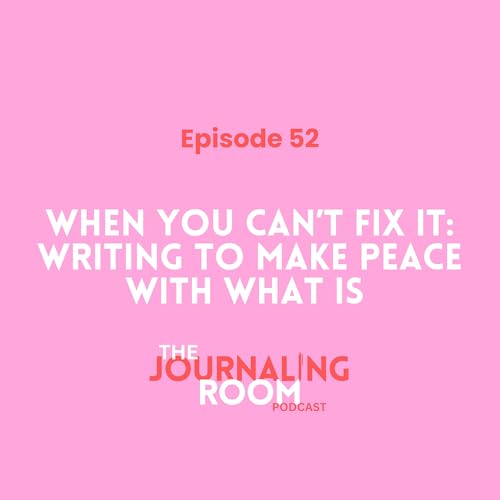That’s right—you don’t need a pen and paper for this practice. This is a reset you can do with your heart and your mind, anytime, anywhere. If you do have your journal, wonderful—use it. But if you don’t, this reset still works. You can take five minutes and experience calm, clarity, and God’s peace.
The 5 Minute Reset Practice
Here’s how it works. Three simple steps: Breathe, Write, Pray.
Step One: Breathe (1–2 minutes)
The very first thing is to pause and take three slow breaths. This isn’t fluff—it’s science. Deep breathing signals your nervous system that you’re safe.
As you breathe, imagine inhaling God’s presence and exhaling your tension. You might even say silently, “Breathing in peace. Breathing out worry.”
👉 Cue if you’re journaling: Write one word for what you want to breathe in and one word for what you want to breathe out. 👉 Cue if you don’t have paper: Just choose those two words in your mind and repeat them with each breath.
Scripture anchor: “The Spirit of God has made me; the breath of the Almighty gives me life.” (Job 33:4, NIV)
Step Two: Write
Here’s the part I call Write. And yes, when you have your journal, writing on paper is powerful—it slows your thoughts and makes them concrete.
But here’s the hope: you don’t have to have your journal for this to work. You can do this step in your mind. Silently answer a prompt, or mentally repeat a phrase to yourself.
👉 Reset Prompts (on paper or in your thoughts):
- “Right now, I notice…”
- “One word for how I feel is…”
- “What I need in this moment is…”
- “The swirl in my mind is saying…”
Think it, whisper it, or write it down—either way, you are pressing pause and making space for clarity.
Scripture anchor: “Cast all your anxiety on him because he cares for you.” (1 Peter 5:7, NIV)
Step Three: Pray
Finally, turn what you’ve written—or thought—into a prayer. It can be as simple as one or two sentences.
Examples:
- “Lord, my heart feels overwhelmed. Lead me to the rock that is higher than I.” (Psalm 61:2, NIV)
- “God, I need courage right now. Remind me You are with me wherever I go.” (Joshua 1:9, NIV)
- “Father, thank You that You see me. Quiet my thoughts and fill me with Your peace.”
This is where your reset shifts from self-help to God-help.
Scripture anchor: “You will keep in perfect peace those whose minds are steadfast, because they trust in you.” (Isaiah 26:3, NIV)
Music by Aleksey Chistilin from Pixabay
 16 mins
16 mins 13 mins
13 mins 10 mins
10 mins Oct 28 202510 mins
Oct 28 202510 mins 9 mins
9 mins 13 mins
13 mins Sep 30 202512 mins
Sep 30 202512 mins 9 mins
9 mins

